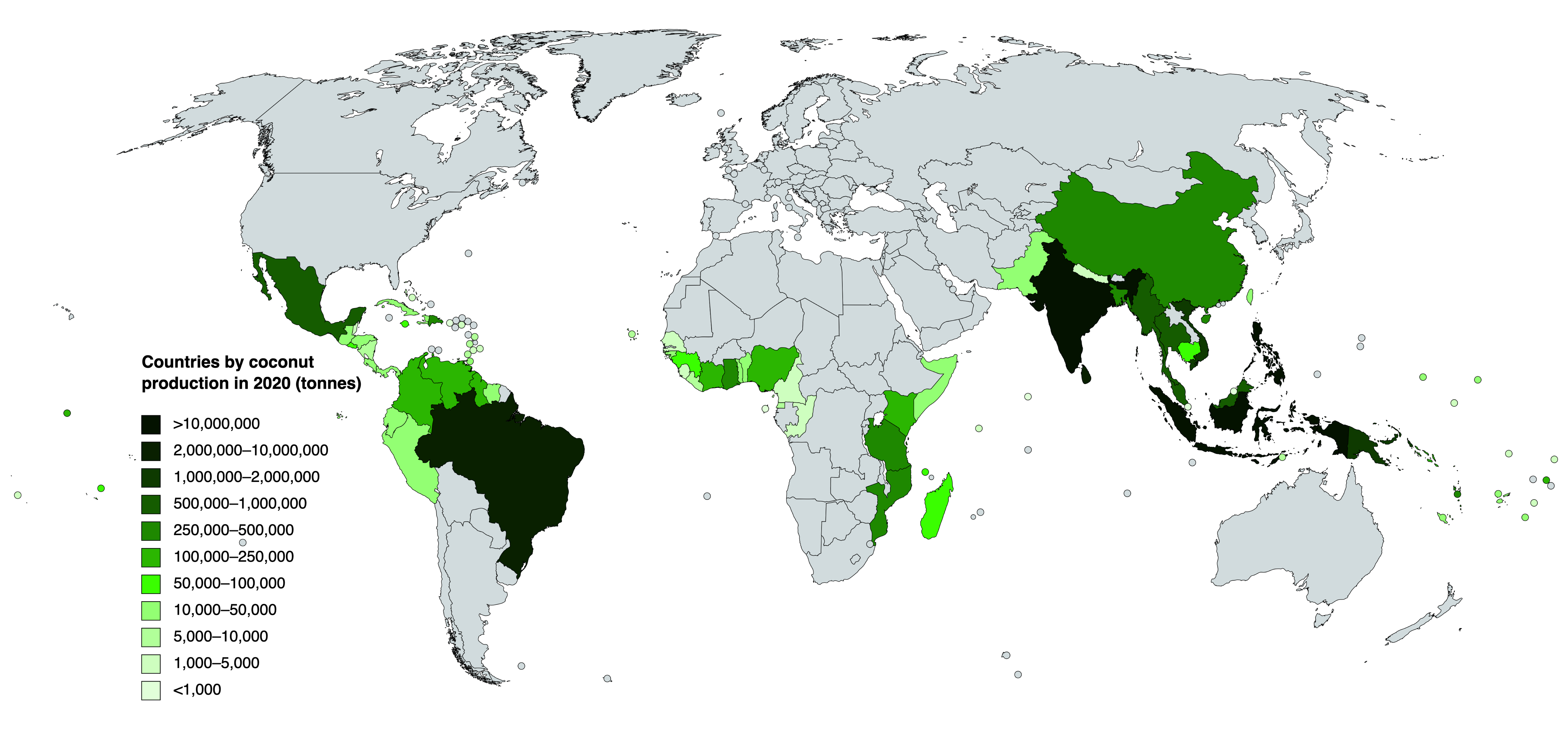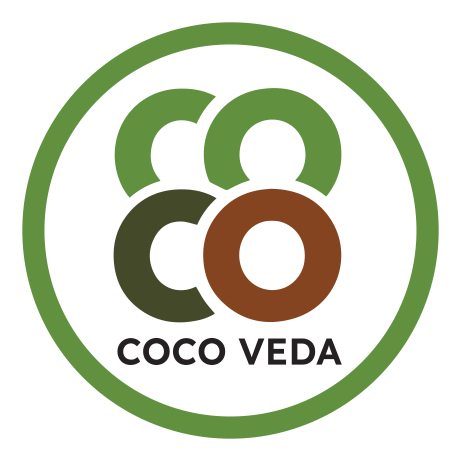History & Culture
Coconuts Through the Ages: Cultural Roots and Modern Evolution
History & Culture
Coconuts Through the Ages: Cultural Roots and Modern Evolution
Coconut origins are a topic of debate, with ancient fossils suggesting multiple possible locations. They essentially come in two scientific forms: Nui kappa (triangular, fibrous husk) and Nuivvi (round, liquid endosperm), divided into tall and dwarf varieties.
DNA analysis revealed distinct populations and independent domestication in the Pacific and Indian Ocean basins. Coconuts began migrating around 2,000 to 3,000 BC and were introduced to the Philippines by Spanish colonizers in the 17th century.
Coconuts hold cultural, culinary, and utilitarian significance, and over time the perception changed from negative to positive due to recognized health benefits.
- Origins of the Coconut:
- Debate over the origin: Some believed it came from the Americas, while others thought it originated in South America.
- Paleontology: Ancient coconut fossils date back 34 to 56 million years ago, suggesting multiple possible locations of origin.
- Coconut Morphology:
- Two scientific forms: Nui kappa (triangular with fibrous husk) and Nuivvi (round with liquid endosperm).
- Classification into two varieties: Tall and Dwarf, with Dwarfs being more domesticated.
- Deep History of Coconuts:
- DNA analysis revealed the coconut’s history:
- Clear population structure on an international basis.
- Independent domestication in the Pacific and Indian Ocean basins.
- Coconuts in the Pacific were transported to the Indian Ocean through prehistoric trading routes.
- DNA analysis revealed the coconut’s history:
- Coconut Migration:
- Began around 2,000 to 3,000 BC when Polynesians discovered coconuts.
- Coconut migration routes shown on a map.
- Introduction of coconuts to the Philippines by Spanish colonizers in the 17th century.
- Cultural Significance of Coconuts:
- Coconut’s importance in Asian cultures, including the Philippines, India, Sri Lanka, and Vietnam.
- Used in religious rituals and symbolized various aspects of life and prosperity.
- Coconut’s Global Spread:
- Portuguese explorer Vasco da Gama’s arrival in India in 1497 led to the spread of coconuts.
- By the mid-16th century, coconuts reached the Caribbean and Central and South America.
- Utilitarian Uses of Coconuts:
- Culinary uses: Coconut water, kernels, and products.
- Historical use in wooden sailing ships for fresh water and repairs.
- Health benefits promoted, contributing to its popularity.
- Coconut oil used in candle making, soaps, and skin products.
- Coconut in Culture and Tradition:
- Played a significant role in the cultures of South and Southeast Asian countries.
- Symbolized prosperity, used in rituals, and integrated into daily life.
- Health Benefits of Coconuts:
- Coconut oil’s significance for health, including its high lauric acid content.
- Coconut water as a healthy drink, rich in electrolytes.
- Modern Coconut Products:
- Introduction of various coconut-related products like coconut oil, flour, milk, and water.
- Popularity due to gluten and dairy-free options and increased consumer interest in alternatives.
- Changing Perceptions:
- In the late 1950s, coconuts had a negative image due to their saturated fat content.
- Shift in consumer perception towards saturated fats being better than trans fats.
- Rediscovery of health benefits led to a “coconut craze” in North America.





